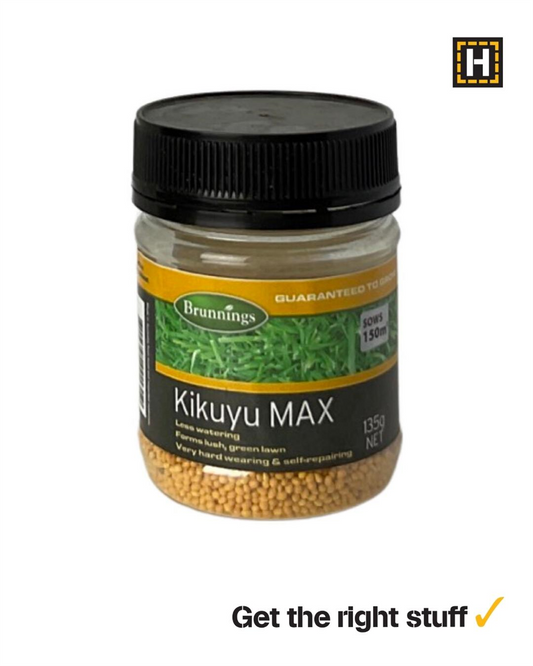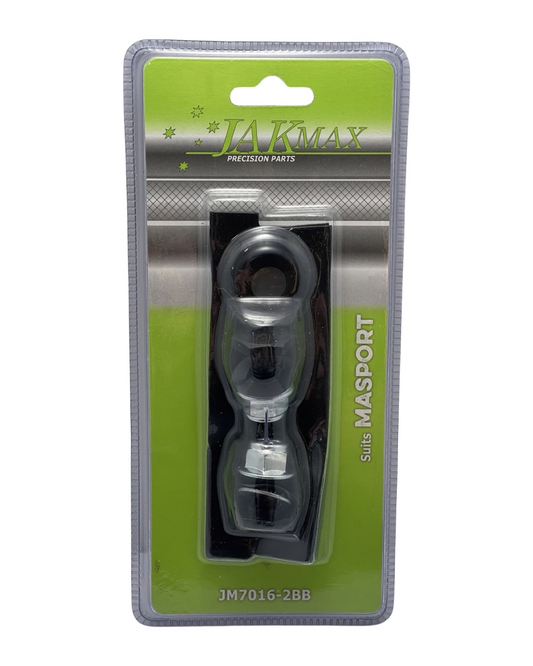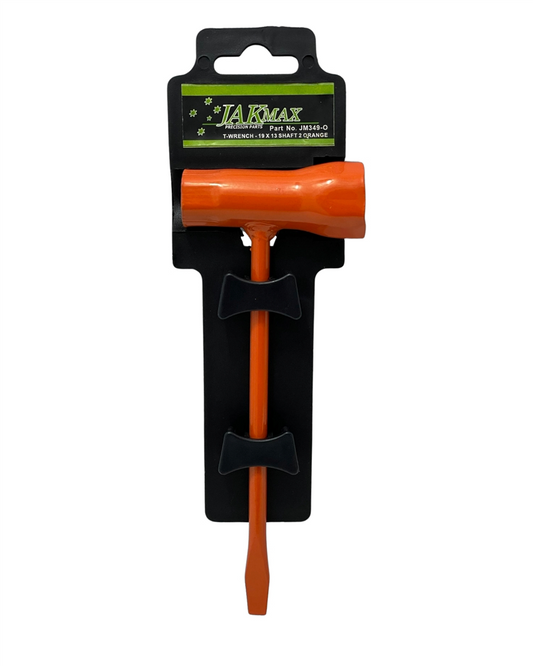Costa Georgiadis made it look easy—why did my veggie garden feel like pure guesswork?
Share
The rookie mistakes I made—and the easy ways to do better
I bought my first veggie seeds after watching a Costa Georgiadis segment on edible backyards. I was pumped. Trowel in one hand, seed packet in the other. This was my slow-living era—tea in hand, garden dreams blooming. But within weeks, the rocket bolted, the tomatoes wouldn’t set fruit, and I couldn’t tell a weed from a sprout. It felt less like nature’s magic and more like a murky guessing game.
But here’s the thing: just a few small shifts made all the difference. And not the ones I expected. I stopped treating it like a one-size-fits-all hobby, and started gardening like I lived here—in South Australia, with our weather, our soil, and our seasons. Suddenly, seedlings survived. Tomatoes thrived. And I felt... grounded. Capable. Proud.
1. Sunlight isn't just a yes/no question
The first bed I dug was in a shady spot—because I liked how it looked near the lavender. But veggies need sun. Not some sun. Not "this gets a little light after lunch" sun. I'm talking 6+ hours of direct, bright-as-an-Aussie-summer sunlight.
Once I moved my garden beds to follow the light—not my aesthetic—everything started to grow the way I wanted. Herbs grew bushier, zucchinis pumped out like clockwork, and I finally stopped apologising when someone asked how the garden was going.
"Sun is the real fertiliser. Without it, even the best soil won't save you." — Candeece, Local Garden Expert
2. 'Good soil' means more than just dirt
I used to think soil was just... the stuff plants go into. So I bought the prettiest bag of potting mix, sprinkled it in, and called it done. But the truth is:
- The wrong soil mix can suffocate roots
- South Australian soil is often sandy or clay-based, so it needs help
- Your garden’s success starts with what’s underground
What turned things around? A friendly tip from my local garden centre (shoutout to the team who steered me right). I mixed quality compost with slow-release fertiliser and a purpose-made vegetable blend that holds water without drowning things. Success. Seedlings that actually turned into real food.
3. Watering is not "set and forget"
I once killed basil in three days during a heatwave. Not because I didn’t care—but because I watered in the morning, checked it off my list, and assumed that was enough. It wasn’t.
Here's what I learned:
- Check the top 5cm of soil. If it’s dry, water deeply.
- Morning watering is best in summer, evening OK in shoulder seasons.
- Self-watering pots or hoses on timers are lifesavers (especially when life gets busy).
Now, my basil thrives. And I don’t stand in the garden panicking during the 6pm news weather report.
4. Starting small is smarter—not boring
I wanted the whole garden dream straight away—raised beds, rows of tomatoes, lush lettuce, baskets overflowing. But all that ambition meant I bit off more than I could mulch. Weeds took over one bed. Another dried out. And I felt like I’d failed after just two weekends.
Eventually I scaled back. One raised bed. A few good pots. Only the veggies I actually loved to eat (note: if you don’t like kale, don’t force yourself to grow it). Turns out, smaller gardens are easier to manage—and more inspiring when they thrive.
5. You can't YouTube your way into local know-how
I watched heaps of online gardening content, but most of it came from US or UK creators with totally different seasons and pests. No one explained why my zucchinis dropped their flowers, or why silverbeet seedlings would shrink overnight (thanks, earwigs 🤦♀️).
The game changer? Getting advice in person. “That’s just how Adelaide Hills soil drains,” someone said, pointing out how to fix it. “You’ll want shade cloth in January,” another added. Those local tips? Priceless. And now they’re ones I pass on, too.
6. Your first harvest is more about how you feel than what you grow
I’ll never forget pulling my first wonky carrot out of the dirt. It was stubby, a bit twisted, clinging to life—but it was mine. Everything about it said, “You’re doing this.”
The truth is, your garden might not look Pinterest-perfect. But it should give you something real: confidence, calm, joy. Signs that you’re growing into something good—even if it starts with a crooked carrot and a half-eaten capsicum.
Here's the secret every confident gardener learns:
The garden doesn’t have to be perfect to be working. It just has to grow you, too.
Start small. Ask for help. Trust the sun. And remember—every gardener has once stood where you’re standing, wondering if those little seeds will ever sprout. They will. So will you.
Happy planting,
Candeece 🌱
 Stay Connected
Stay Connected
Join our gardening community on Facebook: Urban Gardener's Notebook
And follow our Store Facebook Page: Strathalbyn H Hardware on Facebook









